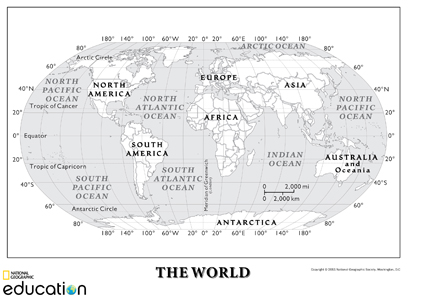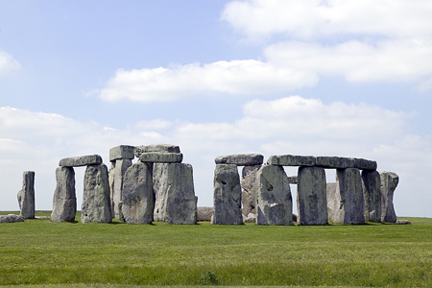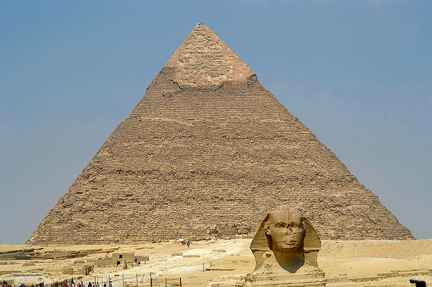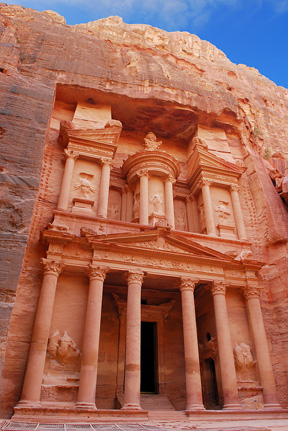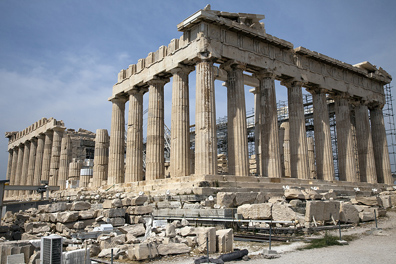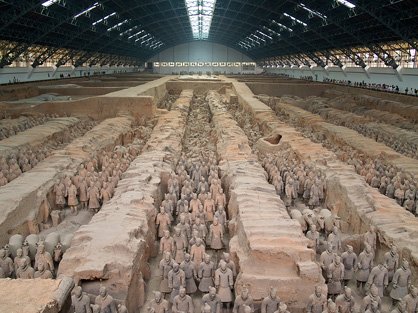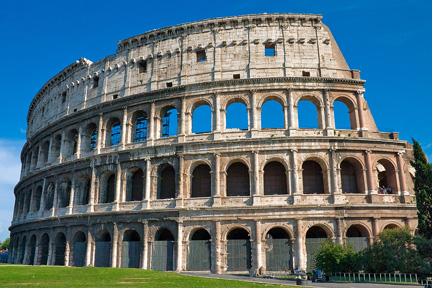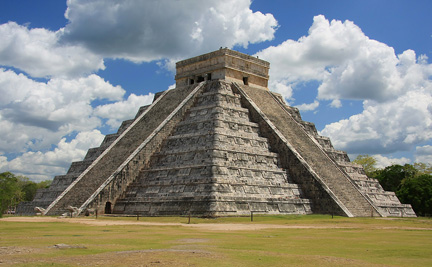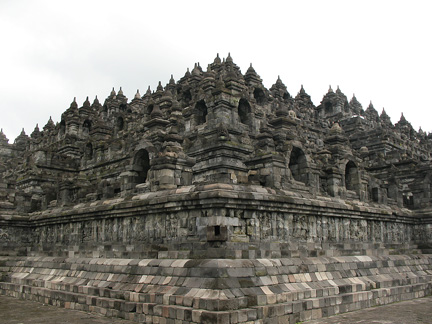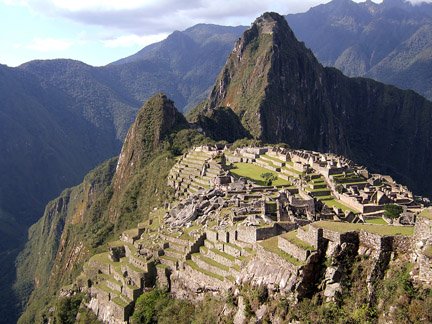A Historical Timeline
South America is a continent situated in the Western Hemisphere,
mostly in the Southern Hemisphere, with a relatively small portion in
the Northern Hemisphere. The continent is also considered a subcontinent
of the Americas. It is bordered on the west by the Pacific Ocean and on
the north and east by the Atlantic Ocean; North America and the
Caribbean Sea lie to the northwest.
South America ranks fourth in area
after Asia, Africa, and North America and fifth in population after
Asia, Africa, Europe, and North America.
What is the purpose of creating a
Historical Timeline?
We have created a historical timeline of the world famous ancient sites to provide
you with an information on how really old are these sites. It was created by arranging these ancient sites in a chronological order also
shows in what time period these ancient sites were built.
The
following table illustrates the ancient sites arranged in chronological order of their original
construction.
(Note: The periodical information in this timeline is based on publicly
available historical resources. Some differences in the estimation of these
time periods may exist.)
| Ancient Site |
Country |
Continent |
Approximate Time of construction |
What is it?
Site Facts |
| Stonehenge |
United Kingdom |
Europe |
2950 – 1600 B.C. |
Stonehenge is one of the most impressive prehistoric megalithic monuments in the world due to the size of its megaliths, its concentric plan, and the architectural design. |
Pyramids at Giza |
Egypt |
Africa |
2600 – 2500 B.C. |
The pyramids of Giza are one of the most famous tourist attractions in the world. The Great Pyramid is the oldest of the Seven Wonders of the Ancient World, and the only one to remain largely intact. |
Petra |
Jordan |
Asia |
1200 B.C. |
Petra is a historical and archaeological city that is famous for its rock cut architecture and water conduit system. It is the most majestic and magnificent ancient world site still standing today. |
Parthenon |
Greece |
Europe |
447 – 432 B.C. |
The Parthenon is a temple on the Athenian Acropolis, regarded as an enduring symbol of Ancient Greece and one of the world's greatest cultural monuments. |
Terra Cotta Warriors |
China |
Asia |
211 – 206 B.C. |
The Terracotta Army or the "Terra Cotta Warriors and Horses", is a collection of terracotta sculptures depicting the armies of Qin Shi Huang, the first Emperor of China. |
Colosseum |
Italy |
Europe |
70 – 80 A.D. |
Colosseum is an elliptical amphitheatre, the largest ever built in the Roman Empire. It is considered one of the greatest works of Roman architecture and Roman engineering. |
Chichén Itzá |
Mexico |
North America |
600 – 900 A.D. |
Chichén Itzá is the largest of the archaeological cities of the pre-Columbian Maya civilization in the Yucatan Peninsula of Mexico. It is one of Mexico's most visited tourist destinations. |
Borobudur Temple |
Indonesia |
Asia |
750 – 842 A.D. |
Borobudur is one of the greatest Mahayana Buddhist monuments in the world. It was built on several levels around a hill and has a massive step pyramid structure that represents three-dimensional mandala and Buddhist teachings. |
Angkor Wat |
Cambodia |
Asia |
800 – 1200 A.D. |
Angkor archaeological park contains the magnificent remains of the different capitals of the Khmer Empire. They include the famous Temple of Angkor Wat and, at Angkor Thom, the Bayon Temple with its innumerable sculptural decorations. |
Machu Picchu |
Peru |
South America |
1400 A.D. |
It is the site of a pre-Columbian ancient Inca city that is situated high in the Andes mountains, probably the most amazing urban creation of the Inca Empire at its height. Machu Picchu is the most visited tourist destination in Peru. |
Historical timelines can be valuable tools that provide important
information about civilizations, religions, key historical events,
inventions, and the leaders which had a major impact on the world's
history.
As seen from the historical timeline table, these
incredible ancient archeological monuments are still in existence even
today, and present great opportunities for all to revisit and re-connect
with the rich human historical past.
Now it’s the time to start exploring these ancient wonders!
Return to Home Page
Enjoy this page? Here's another way to pay it forward...
Would you prefer to share this page with others by linking to it?
- Click on the HTML link code below.
- Copy and paste it, adding a note of your own, into your blog, a Web page, forums, a blog comment,
your Facebook account, or anywhere that someone would find this page valuable.
